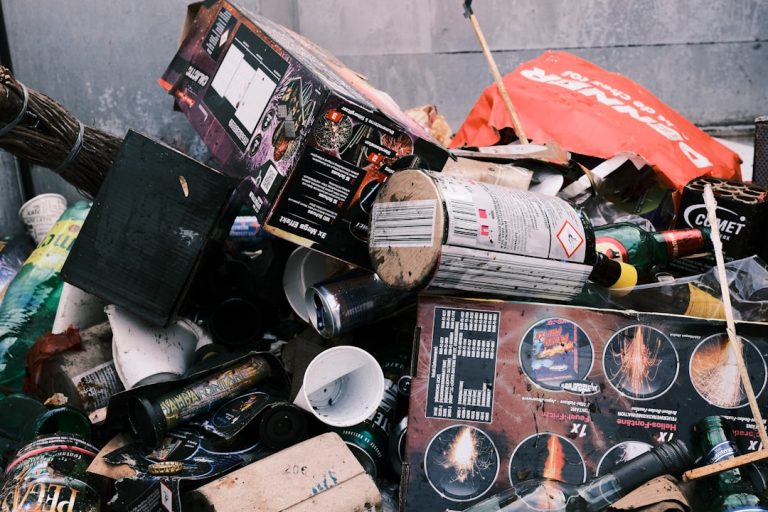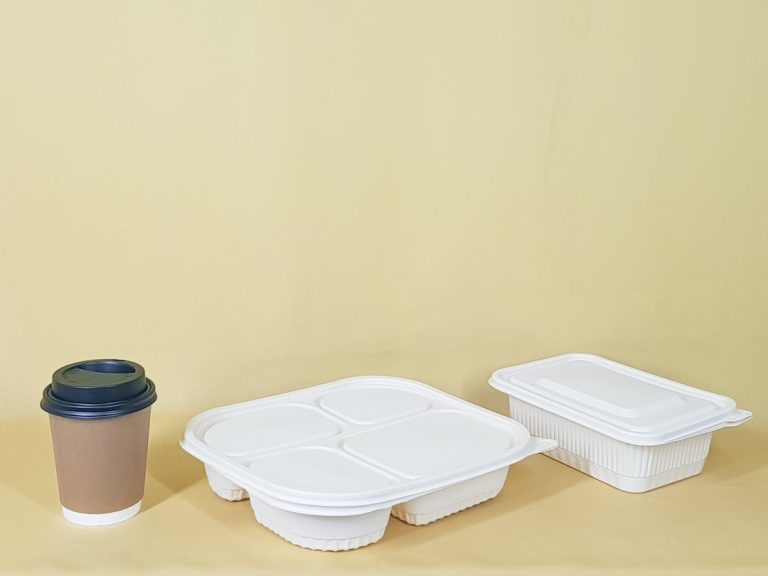The Impact of Upcycling on Reducing Waste and Creating Value.
The Profound Impact of Upcycling on Reducing Waste and Creating Value
In a world grappling with overflowing landfills and dwindling resources, a quiet revolution is gaining momentum: upcycling. Far more than just a passing trend, upcycling represents a fundamental shift in how we perceive and interact with discarded materials. It’s an ingenious process that doesn’t just reuse items; it elevates them, transforming what was once considered trash into something of greater quality, utility, or aesthetic value. The true power of upcycling lies in its dual-pronged attack on modern environmental challenges: its unparalleled ability to significantly reduce waste and its remarkable capacity to generate new forms of value across environmental, economic, and creative spheres.
Shifting the Paradigm: How Upcycling Directly Minimizes Landfill Burden
The sheer volume of waste generated globally is staggering. Every year, billions of tons of materials, from textiles and plastics to furniture and electronics, end up in landfills, contributing to greenhouse gas emissions, polluting ecosystems, and consuming vast tracts of land. Traditional recycling helps, but it often involves energy-intensive processes that break materials down to their raw components, sometimes resulting in lower-quality products (downcycling). Upcycling, however, offers a more direct and often less energy-intensive solution to the problem of waste generation.
By taking discarded items and repurposing them into something new without significantly altering their core structure, upcycling directly diverts materials from the waste stream. Imagine old denim jeans becoming a durable tote bag, or glass bottles transforming into elegant light fixtures. Each act of upcycling means one less item contributing to landfill accumulation. This isn’t just about delaying disposal; it’s about fundamentally re-envisioning waste as a resource. It challenges the linear “take-make-dispose” model of consumption, fostering a more circular economy where materials retain their value for longer, reducing the demand for virgin resources and lessening the environmental footprint associated with manufacturing new goods.
Transforming the Mundane: The Art and Craft of Elevating Discarded Materials
Beyond its crucial role in waste reduction, upcycling excels at creating immense value. This value isn’t solely economic; it encompasses aesthetic, functional, and even emotional dimensions. The process of upcycling breathes new life into forgotten objects, imbuing them with a unique narrative and character that mass-produced items often lack. It elevates the mundane, transforming commonplace discards into bespoke treasures.
Consider the artistic value. A skilled upcycler can see the potential in a broken piece of furniture or an outdated garment, envisioning its second life as a statement piece. This creative transformation often results in items that are one-of-a-kind, showcasing craftsmanship and innovative design. From reclaimed wood sculptures to intricate jewelry made from electronic waste, upcycling fosters a new appreciation for resourcefulness and ingenuity. This artistic endeavor not only creates unique products but also enriches the cultural landscape with items that tell a story of transformation and resilience.
The Tangible Gains: Quantifying Upcycling’s Environmental and Economic Contributions
The impact of upcycling extends far beyond individual acts of creation; it generates quantifiable benefits that ripple through environmental and economic systems. On the environmental front, the reduction in waste is just the beginning. Upcycling also significantly lowers the demand for new raw materials, which in turn reduces the energy consumption and pollution associated with extraction, processing, and manufacturing. For instance, creating a new piece of furniture from reclaimed wood requires far less energy and water than harvesting new timber, milling it, and transporting it. Similarly, upcycling textiles helps mitigate the massive environmental burden of the fashion industry, which sees millions of tons of fabric discarded annually, as highlighted by textile waste statistics.

Economically, upcycling creates value through diverse avenues. It fosters new businesses, from small artisan workshops to larger enterprises specializing in reclaimed materials. These businesses generate employment opportunities in design, craftsmanship, marketing, and sales. Furthermore, upcycled products often command higher prices due to their unique nature, craftsmanship, and sustainable appeal, offering better profit margins for creators. This burgeoning “green economy” driven by upcycling contributes to local economies, promotes skilled trades, and offers consumers alternatives to mass-produced goods, aligning with a growing desire for eco-conscious choices and personalized items. It’s a testament to how environmental responsibility can coexist with economic prosperity.
Cultivating Conscious Consumption: Upcycling’s Role in a Circular Economy
Upcycling is a powerful catalyst for changing consumer behavior and accelerating the transition towards a circular economy. By showcasing the potential of discarded items, it encourages individuals to rethink their consumption habits. When people see beautiful, functional items created from what they might have otherwise thrown away, it cultivates a deeper appreciation for resources and an understanding of material lifecycles. This shift from passive consumption to active participation in resource management is critical for long-term sustainability.
Moreover, upcycling promotes a culture of repair, reuse, and creativity. Instead of automatically replacing broken or outdated items, consumers are inspired to consider how they might be fixed, modified, or transformed. This mindset reduces impulse purchases and extends the lifespan of products, directly impacting the rate of waste generation. Education and community workshops on upcycling empower individuals with the skills to participate, fostering a sense of collective responsibility and demonstrating that sustainable living practices can be both practical and rewarding. It’s about empowering everyone to be part of the solution, making conscious choices that benefit both their wallets and the planet.
More Than Just Reuse: Fostering Innovation and Personal Expression Through Upcycling
The impact of upcycling extends beyond the tangible benefits of waste reduction and economic gain; it profoundly influences innovation and personal expression. Upcycling inherently demands creative problem-solving. Designers and artisans must look at existing materials not for what they *were*, but for what they *could be*. This constraint often sparks incredible ingenuity, leading to novel designs, unexpected functionalities, and entirely new product categories. The limitations imposed by the “waste” material become a springboard for innovation, pushing boundaries in material science, design aesthetics, and manufacturing techniques.
Furthermore, upcycling is a powerful avenue for personal expression. Each upcycled piece carries the unique imprint of its creator, reflecting their vision, skill, and values. Whether it’s a personalized piece of clothing, a custom-built furniture item, or a handcrafted gift, upcycling allows individuals to infuse their personality into objects. This act of creation, of transforming something old into something new and meaningful, provides immense satisfaction and a sense of accomplishment. It taps into our innate human desire to create and to make a positive impact, fostering a deeper connection between people and the objects they interact with. This creative outlet also has significant mental health benefits, promoting mindfulness and a sense of purpose.
The Future is Upcycled: Embracing Resourcefulness
The journey towards a truly sustainable future is complex, but upcycling offers a clear, actionable path forward. Its multifaceted impact—from drastically reducing landfill waste and conserving natural resources to stimulating economic growth and fostering creative expression—makes it an indispensable tool in our collective efforts. As consumer awareness grows and innovative techniques evolve, the potential for upcycling to create even greater value and mitigate environmental harm will only expand. Embracing upcycling means embracing resourcefulness, creativity, and a healthier planet for generations to come. It’s not just about making do with less; it’s about doing more, and better, with what we already have.
Frequently Asked Questions About Upcycling’s Impact
Here are some common questions addressing the core impact of upcycling:
-
How does upcycling directly reduce waste compared to recycling?
Upcycling reduces waste by taking






